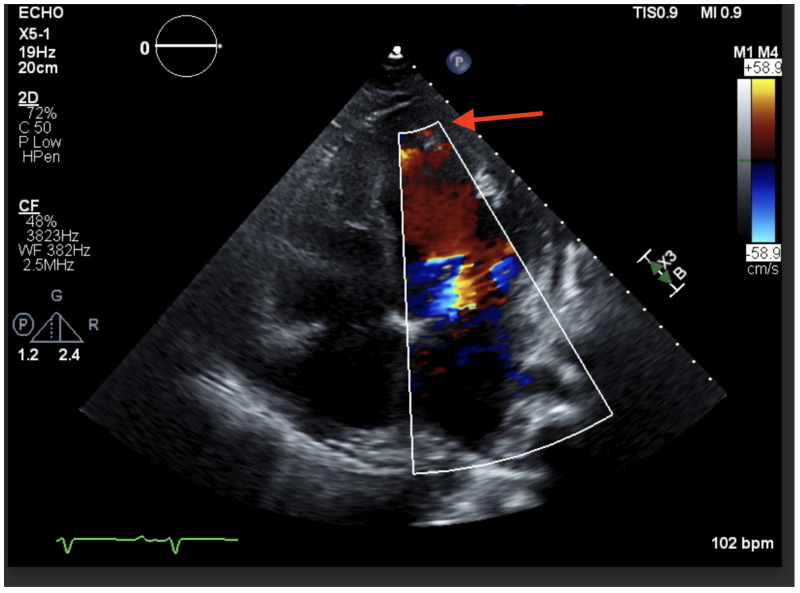Browsing: Pediatric EM



The EMRA Simulation Research Grant allowed me to implement a multiyear pediatric emergency medicine (PEM) study that evaluates the effectiveness, usability, and workload implications of cognitive aids




Pediatric EM
Pediatric ingestion of small blunt objects typically resolves without medical intervention. However, cases involving ingestion of magnets present increased risk of life-threatening morbidity,2-5 parti
Chart Review: Early Presentation after Neodymium Magnet Ingestion Associated with Decreased Morbidity in Pediatric Patients
10/10/2023 Anna Reviere , Ricardo Falcon, MD , Christopher W. Root, MD , Richard Lock, MD , Jason Mckee, MD , David Lemon, MD , Pankaj Vohra, MD , Razan Alkhouri, MD , Timothy R. Petersen, PhD , Codruta Soneru, MD



